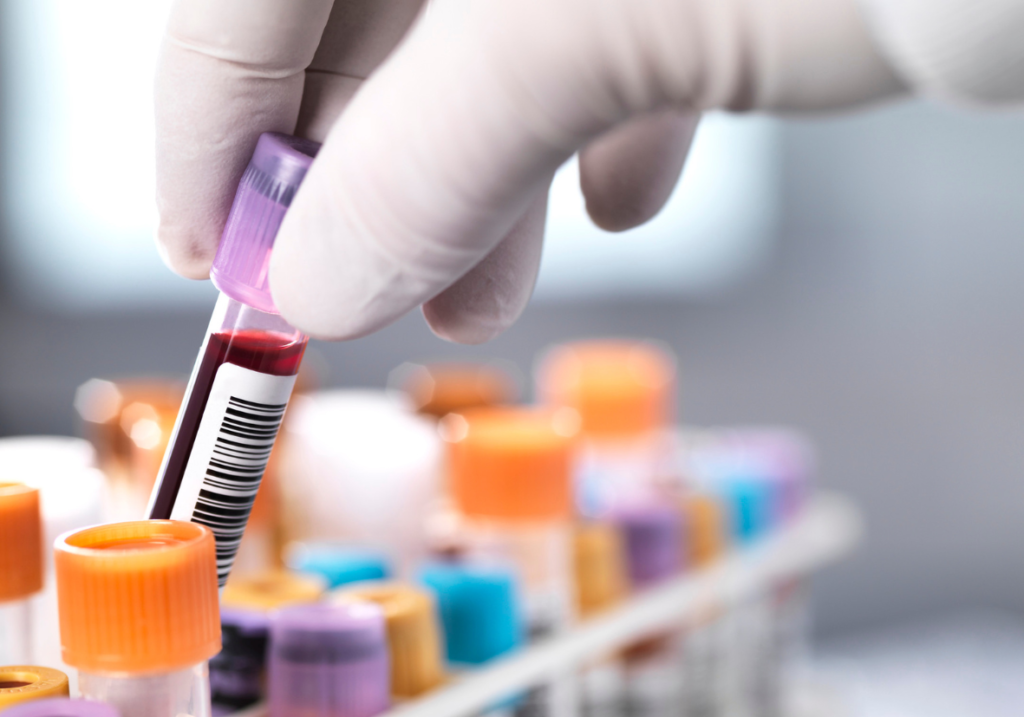
The Hospital Pathology services are outsourced to Innoquest.

GENERAL SCREENING TESTS
Full Blood Count
The interpretation of the indices measured is complex and the notes below are only brief and general descriptions. If there are abnormalities detected then examination of a peripheral blood film is required to complete the interpretation.
Haemoglobin (Hb)
Anaemia is defined as haemoglobin below normal for age and gender. Further investigation of the cause of anaemia is guided by clinical features, blood film and red cell indices (MCV, MCH, MCHC). The Hb is elevated in erythrocytosis

Red Cell Count (RCC)
Interpretation is required to be made in conjunction with the other red cell parameters below.
Packed Cell Volume (PCV)
PCV is reduced in anaemia and increased in erythrocytosis. In patients with erythrocytosis, the PCV correlates with blood viscosity.
Mean Cell Volume (MCV)
Macrocytosis (high MCV) is found in:
- Megaloblastic, aplastic, dyserythropoietic and sideroblastic anaemias
- Myelodysplastic syndromes, myeloma; liver disease, alcohol excess
- Chronic hypoxic lung disease
- Myxoedema; following renal transplant
- Cytotoxic drug therapy particularly hydroxyurea, therapy with Zidovudine (AZT).
Microcytosis (low MCV) is found in:
- Iron deficiency
- Anaemia of chronic disease
- Haemoglobinopathies (especially the thalassaemias).
Mean Cell Haemoglobin (MCH)
Arithmetically, MCH is Hb divided by RCC. The MCH is increased in macrocytic anaemias and decreased in microcytic anaemias. If the MCH is significantly abnormal then a blood film should also be requested.
Mean Cell Haemoglobin Concentration (MCHC)
Arithmetically, MCHC is Hb divided by PCV. There is a rough correlation between low MCHC and hypochromia and between high MCHC and the presence of spherocytes.
Red Cell Distribution Width (RDW)
The RDW may assist in the classification of anaemia, in association with the blood film, and the other red cell indices (MCV, MCH and MCHC). The RDW gives a quantitative assessment of the degree of variation in red cell size / volume (anisocytosis).
White Cell Count (WCC/TWDC)
The interpretation is required to be made in conjunction with the differential count of white cells below:
- Neutrophils
- Lymphocytes
- Monocytes
- Basophils
- Eosinophils
- Platelets
WE’RE HERE TO HELP YOU
Can’t find the answer to your question? Feel free to contact us. We are
always ready to assist you with any questions you may have in mind.




